Entertainment tax to hurt creative community: Netflix Co-CEO Greg Peters
Netflix Co-CEO Greg Peters has said that the entertainment tax proposed by ISP partners would have an adverse effect on the entertainment ecosystem.
He said that it will reduce investment in content, “hurting the creative community, hurting the attractiveness of higher-priced broadband packages, and ultimately hurting consumers.”
“ISPs claim that these taxes would only apply to Netflix. But this will inevitably change over time as broadcasters shift from linear to streaming,” Greg Peters said while delivering his keynote address to the 2023 Mobile World Congress in Barcelona.
“Some of our ISP partners have proposed taxing entertainment companies to subsidise their network infrastructure. As Commissioner Breton said yesterday, it shouldn’t be a binary choice between “Big Telco” and entertainment companies,” he stated.
He said that increasing usage requires investment. “For our part, Netflix has invested over $60 billion in content alone over the last five years. That’s equivalent to roughly 50 percent of our total revenue. It is the part we play in creating a virtuous flywheel: Better, more varied content, leading to more people willing to pay for better broadband services,” he said.
According to him, Netflix is a company that is built on partnership with creators, internet service providers, device manufacturers, and more. “Without those partnerships, we would have no entertainment for our members, and we would not exist as a business. So it is in that spirit of partnership that I am here today.”
He said he believes that there is a clear and direct symbiotic relationship between a thriving creative industry and a thriving internet ecosystem.
Netflix has invested in production infrastructure like its ten state-of-the-art sound stages at its European production hub in Madrid. And it’s why it has invested in technology innovation like the first worldwide cloud-based remote editing system. With connected, physical editing studios strategically colocated next to those sound stages.
“This enables creators like Alex Pina, of La Casa de Papel, to walk off the set of Berlin — the latest show in the franchise — directly into an edit suite where he can work on shots in high resolution, with low latency, collaborating with editors from around the world, in real time, thanks to the cloud technology we’ve pioneered specifically for this purpose,” said the Co-CEO.
It’s why, he added, Netflix has also recently acquired Scanline, an award-winning studio that’s been innovating in the visual effects space for years. “And now they’re hard at work developing new cutting-edge technologies to integrate into our shows and films — like a new innovation called “volumetric capture” that was used in our hit film The Gray Man. This allows creators to capture an actor's performance digitally, in 3D high resolution, giving filmmakers tremendous creative freedom and flexibility to tell their story in ways that they could not have done before,” he adds.
He said that as Netflix deepens its relationships with local creative communities, it is also investing more in the next generation of talent, including through its $100-million creative equity fund.
“As part of that, we’re working with over 80 organisations across 100 projects in 35 countries, including the Cinémathèque in France, BAFTA in the UK and Academia del Cinema in Italy. And this is in addition to the €1.5 billion we will contribute in European cultural levies and investment obligations over the next three years. Of course, our partnerships and investments also extend beyond our content and talent development to the underlying networks that connect our members to the stories they love. We are commercial partners with more than 160 telcos and ISPs across the globe — many of which bundle Netflix directly into their consumer offerings. Consumers love these joint offerings, which just shows the value we can create through collaboration.”
He also said that the streaming platform has spent over $1 billion on Open Connect, its own content delivery network which it offers for free to ISPs. This includes 18,000 servers with Netflix content distributed across 6,000 locations and 175 countries.
“So when our members press play, instead of the film or TV show being streamed from halfway around the world, it’s streamed from around the corner — increasing efficiency for operators while also ensuring a high-quality, no-lag experience for consumers. On top of that, we’ve developed encoding technology to reduce file sizes and optimise bandwidth use while maintaining high video quality for consumers. Between 2015 and 2020, we’ve been able to cut our bit rates in half. This is in addition to the significant efficiency gains the telecom industry has been able to achieve within their own networks,” he added.
He said that in line with predictions, traffic has consistently increased at around 30 percent a year. And ISPs have managed this increased consumer usage efficiently while their costs have remained stable. Regulators have highlighted this too, calling out that infrastructure costs are not sensitive to traffic and that growing consumption will be offset by efficiency gains, he said.



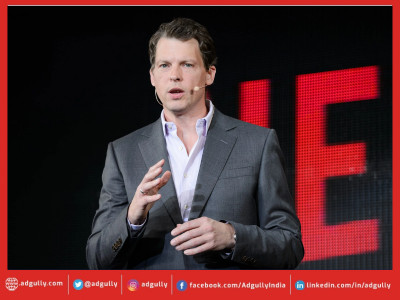


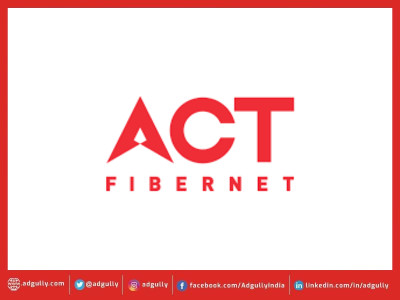
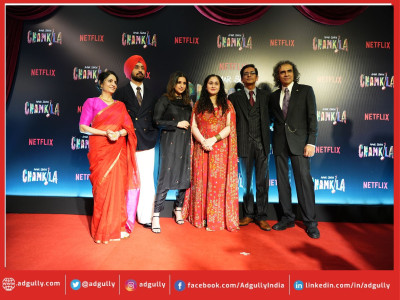
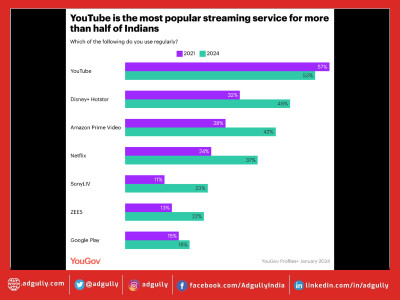

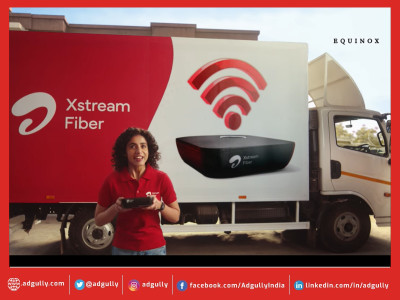

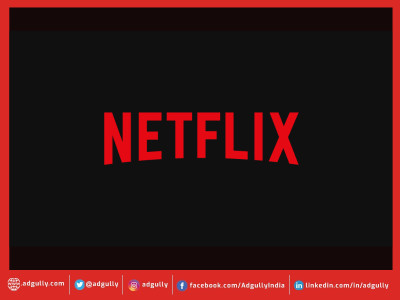





Share
Facebook
YouTube
Tweet
Twitter
LinkedIn